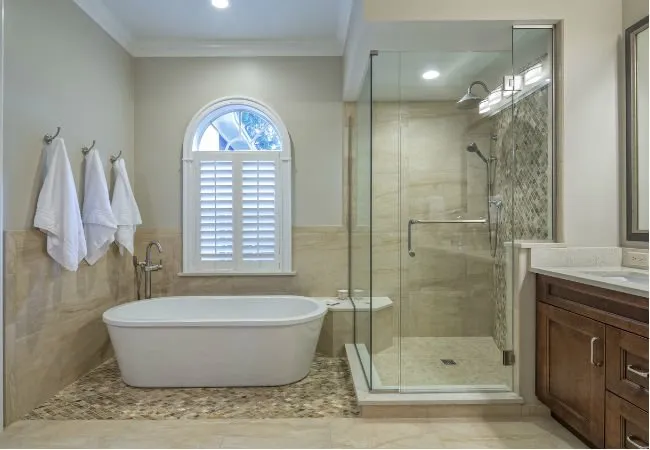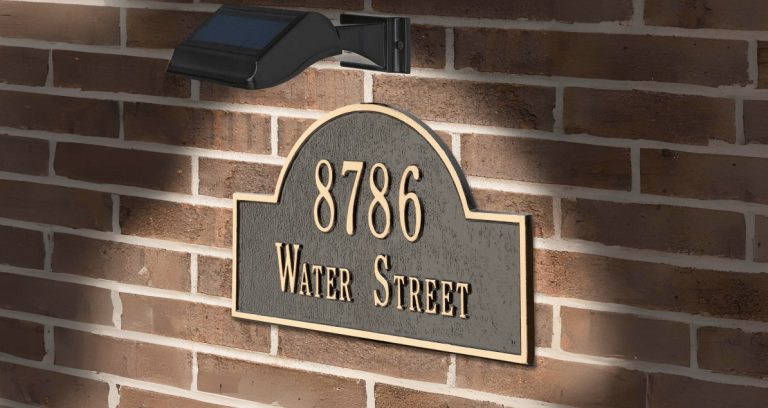When embarking on a home improvement journey, the question often arises: should you focus your energy and resources on the bathroom, or prioritize overall home design? Both areas hold significant weight in enhancing the functionality, value, and aesthetic appeal of a home, yet they serve different purposes and require distinct approaches. Whether you’re preparing to sell, seeking to increase comfort, or simply trying to create a more cohesive living environment, understanding the unique contributions of bathroom improvements versus broader design changes can help you make informed decisions that will yield the best long-term results.
In this article, we will dive into the merits of improving your bathroom versus focusing on design as a whole, exploring which approach works best based on your goals, budget, and lifestyle needs. Ultimately, both bathroom updates and comprehensive home design play integral roles in creating a living space that feels both functional and inspiring. However, the best course of action often depends on where you are in your home improvement process and what you’re hoping to achieve.
The Importance of the Bathroom in Home Improvement
When it comes to home improvement, the bathroom is often an overlooked yet essential space that deserves attention. It is a room that is not only highly functional but also deeply personal, as it plays a central role in our daily routines. The importance of bathroom improvements cannot be overstated, particularly because this space can impact both the value and comfort of a home.
1. Boosting Property Value
Renovating or upgrading your bathroom can significantly increase your property’s market value. Homebuyers tend to prioritize updated bathrooms as a key decision-making factor, as they represent modernity, comfort, and convenience. Whether it’s installing a luxurious rain shower, replacing old fixtures with sleek modern ones, or adding stylish tile designs, these improvements can make your home more appealing to potential buyers. According to real estate experts, a bathroom remodel can yield one of the highest returns on investment, often providing a higher return than other rooms in the home.
2. Improved Functionality and Comfort
The bathroom is where we start and end our day, making comfort and functionality crucial elements. Upgrading outdated plumbing, installing energy-efficient fixtures, or adding smart technology like motion-sensor faucets or heated floors can drastically improve daily routines. For those with growing families, accessible features such as wider doors, grab bars, or a walk-in shower can enhance both safety and convenience. Furthermore, the bathroom is a space that should offer both privacy and relaxation, and thoughtful design improvements—like adding a freestanding bathtub or creating a spa-like atmosphere with ambient lighting—can transform the bathroom into a sanctuary, making it a more enjoyable retreat.
3. Modernization and Aesthetic Appeal
A bathroom remodel offers a high level of customization to meet contemporary trends or personal preferences. The selection of modern, clean lines and sophisticated finishes can transform a small, basic bathroom into an elegant, calming environment. Choosing the right materials—such as marble countertops, matte black fixtures, or subway tiles—can elevate the space and align it with current design trends. Whether you’re aiming for a minimalist, industrial, or coastal aesthetic, bathroom design choices can reflect your tastes while improving the room’s overall appeal.
The Role of Overall Home Design in Home Improvement
While bathrooms are important, focusing on overall home design has a broader scope, as it encompasses the entire aesthetic, functionality, and cohesion of your living space. Home design affects how rooms flow together, the atmosphere of your home, and how comfortable and organized you feel in your environment. It can also influence your lifestyle, whether it’s creating spaces for relaxation, entertaining, or work.
1. Creating a Cohesive Flow
An essential component of home design is the overall flow between rooms. Good design ensures that spaces within a home transition seamlessly from one to another, avoiding abrupt changes in style or color that can disrupt the visual harmony of the space. Whether you are working with an open floor plan or segmented rooms, creating continuity through design elements such as color schemes, flooring materials, and architectural accents ensures that your home feels unified and cohesive. Open shelving in the kitchen, modern lighting in the living room, and coordinated furniture choices throughout the home contribute to a more harmonious aesthetic.
2. Maximizing Space
Home design is not limited to purely aesthetic choices; it also revolves around optimizing the functionality and flow of a home. A well-designed home maximizes available space, whether that involves creating multi-purpose rooms, adding clever storage solutions, or reconfiguring layouts to increase room size. Homeowners with small living spaces can benefit from design decisions that emphasize space efficiency, such as installing wall-mounted shelves, using furniture that can serve multiple purposes (like a sofa bed or a dining table that doubles as a workspace), or incorporating mirrors and light colors to create the illusion of a larger area.
3. Reflecting Lifestyle Needs
Overall home design reflects the unique lifestyle and needs of the occupants. For example, a growing family may require more bedrooms, larger living areas, or child-friendly finishes, while a couple may prioritize a sleek, minimalist design with an emphasis on comfort and leisure. Home design also extends to outdoor spaces, offering areas for entertaining, gardening, or relaxation. By designing with your lifestyle in mind, you ensure that each room serves its purpose effectively, whether that’s through strategic furniture placement, maximizing natural light, or creating specialized areas for work, play, or rest.
What Works Best: Bathroom Improvement or Overall Design?
The decision between prioritizing a bathroom renovation or an overall design upgrade depends on a number of factors, including your objectives, the current state of your home, and your budget. Both have clear benefits, but the right choice varies depending on your immediate goals.
If You’re Planning to Sell
If you’re preparing to put your home on the market, bathroom improvements typically offer one of the best returns on investment. Buyers often gravitate toward updated bathrooms as they represent comfort and convenience. Even minor renovations like replacing outdated faucets, adding fresh paint, or upgrading a showerhead can make a significant impact. However, focusing solely on the bathroom may not be enough—buyers are also looking for a cohesive design throughout the home. In this case, investing in a few key design elements that unify the aesthetic of the home (such as fresh paint, updated light fixtures, or adding new flooring in high-traffic areas) is also important.
If You Want to Enhance Daily Life and Functionality
For homeowners seeking to improve their day-to-day living experience, the decision comes down to what matters most. If you are someone who values having a peaceful, private space to unwind, upgrading your bathroom may be a priority. A luxurious bathtub, a walk-in shower, or smarter storage solutions can elevate the comfort of your routine. However, if you’re focused on making your home more efficient, organized, or reflective of your personality, an overall design overhaul may be more appropriate. Creating a layout that promotes better organization, maximizing storage in other areas, or choosing furniture that suits your lifestyle can make a lasting difference in how you experience your home.
Budget Considerations
Bathrooms, though impactful, can be costly to renovate, especially when considering factors like plumbing, fixtures, and materials. Home design updates can often be made at various price points, whether through smaller, DIY projects or larger renovations. Depending on your budget, you may choose to focus on strategic design elements that improve the overall look and feel of your home without committing to a full bathroom renovation.
Conclusion
Ultimately, whether to prioritize bathroom improvements or broader home design depends on your goals, budget, and the current state of your living space. Bathroom upgrades can enhance comfort, functionality, and home value, making them a wise investment for many homeowners. However, when aiming to create a cohesive, practical, and visually appealing home, it’s important to consider the broader scope of overall design. By striking a balance between updating key areas like the bathroom and enhancing the design of the entire home, you can create a space that works best for your needs, enhances daily life, and ultimately increases the value of your property.















